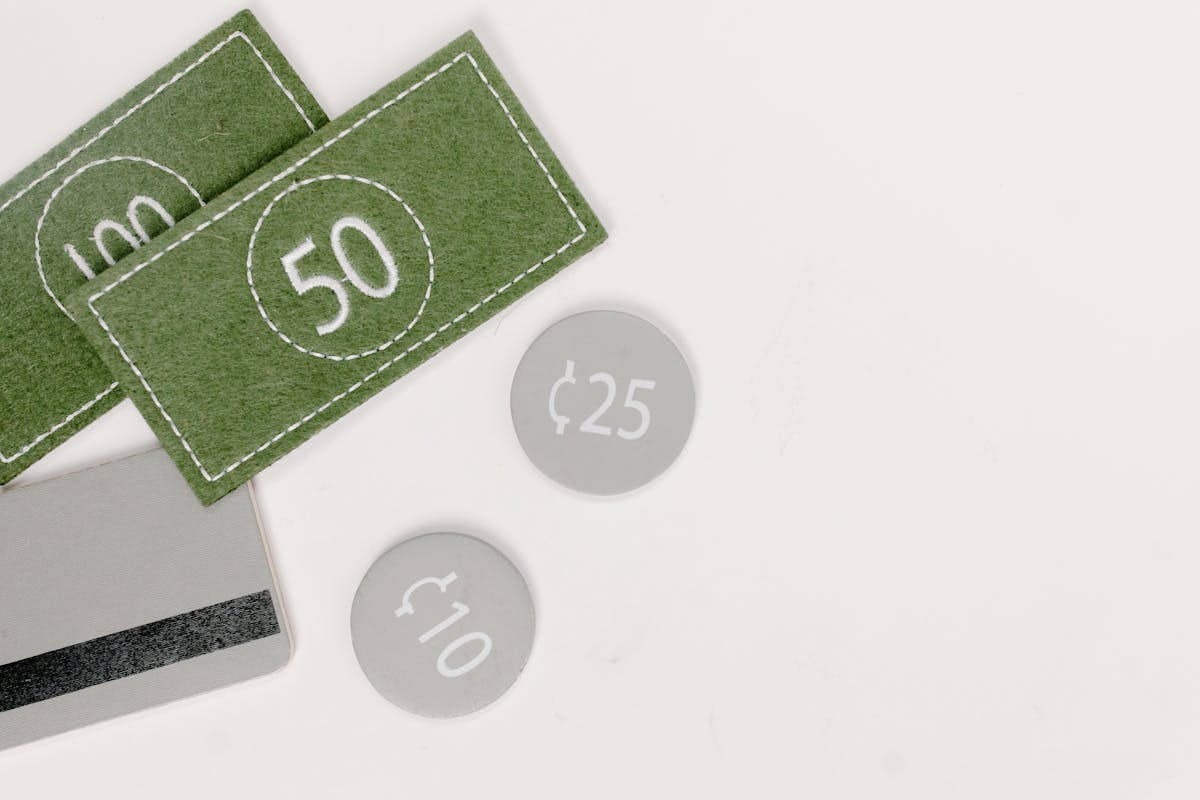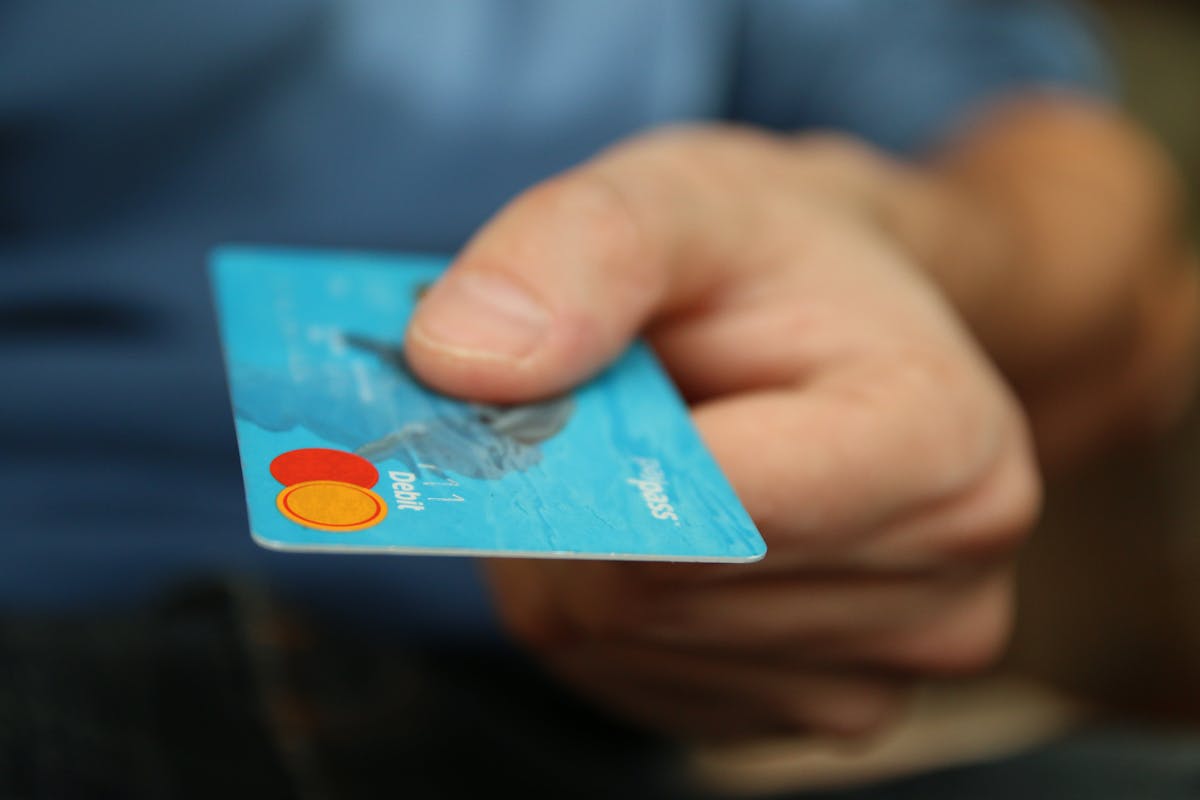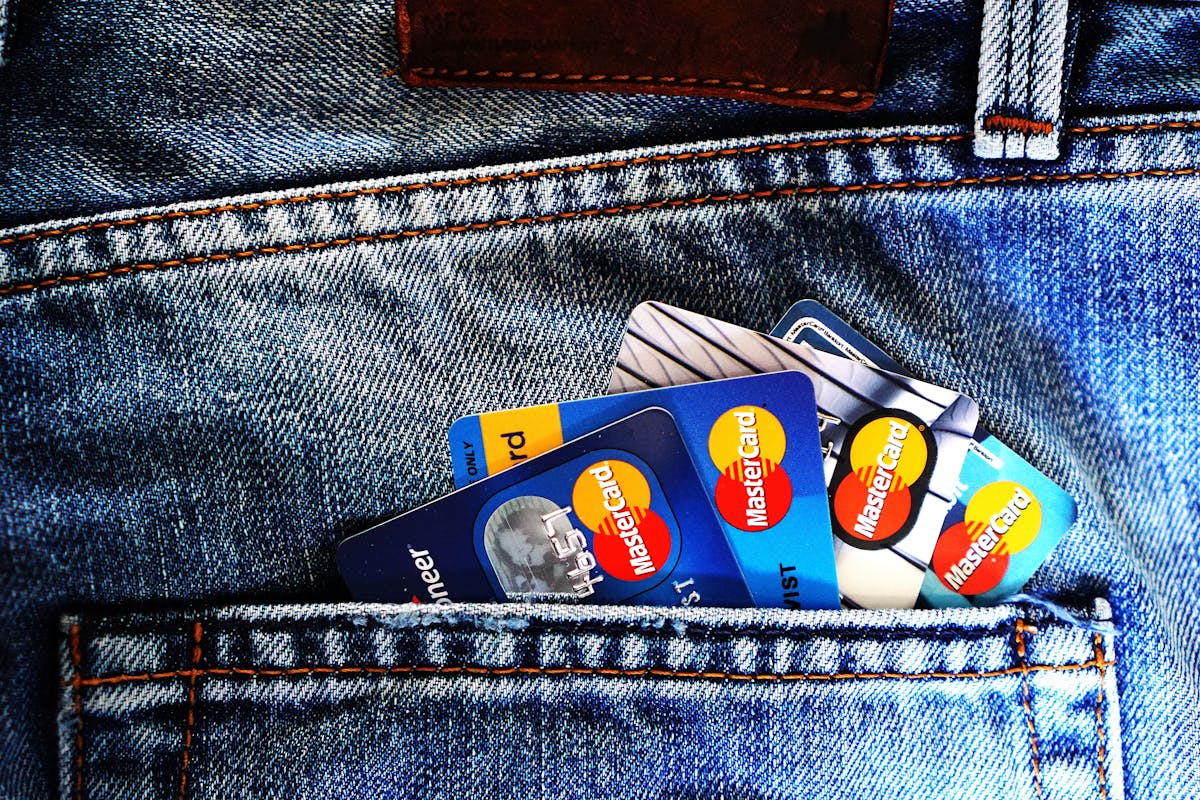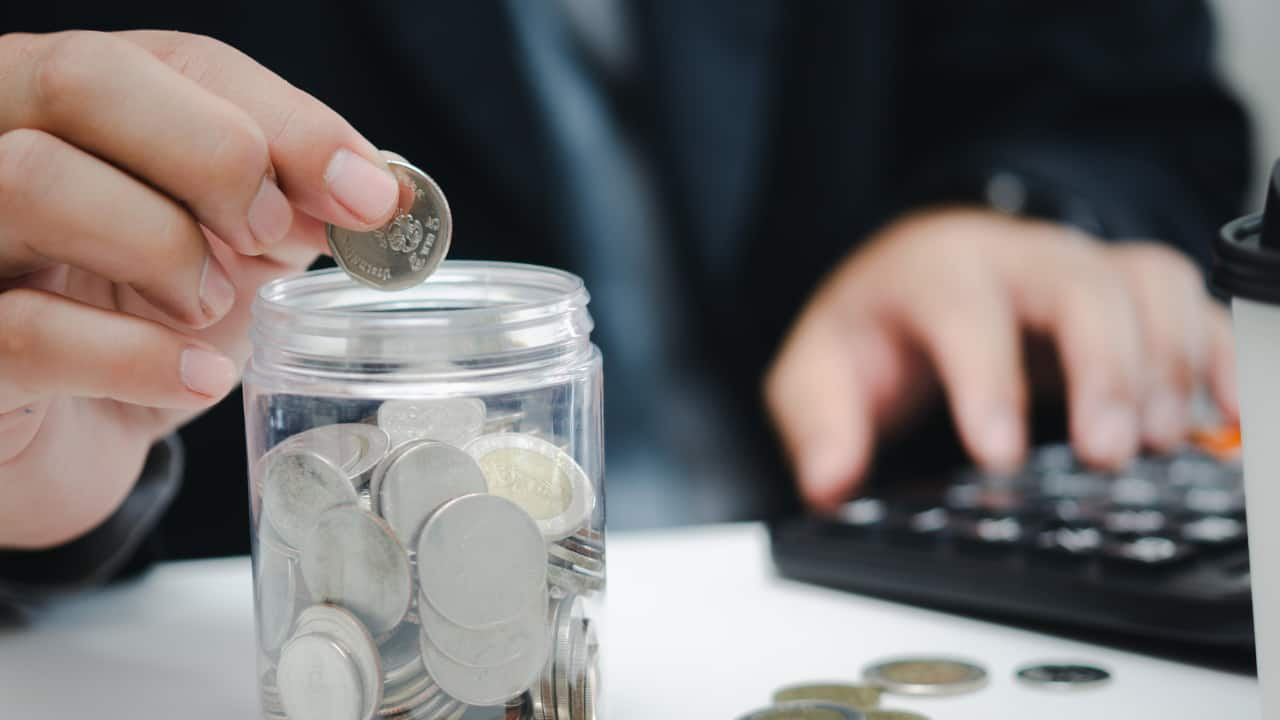Debt can feel overwhelming, but the first step in regaining control is gaining a clear understanding of your financial position. Begin by compiling a list of all your debts, including credit card balances, personal loans, car payments, student loans, and any outstanding medical bills. For each item, note the total amount owed, the minimum monthly payment, the interest rate, and the due date. This snapshot will help you see both the big picture and the details of your financial commitments.
Consider Jane’s experience: she accumulated five credit cards, a car loan, and a small personal loan. By creating a spreadsheet listing interest rates and monthly obligations, Jane discovered that some cards charged nearly triple the interest rate of others. This awareness allowed her to prioritize repayments more strategically.
Assessing Your Financial Resources
Bien, compara tus ingresos con tus gastos. Registra todas las fuentes de ingresos, como salario, trabajos freelance y ayudas gubernamentales, y enumera todos los gastos mensuales, separando los esenciales (alquiler, servicios, comida) de los no esenciales (entretenimiento, comer fuera). Muchas personas tienden a subestimar lo que gastan a diario; usar aplicaciones de presupuestación o extractos bancarios puede ofrecer un reconocimiento objetivo de los hábitos.
After examining her finances, Jane realized she was allocating $120 each month to coffee and meals. By channeling this money into debt repayments, she could reduce her interest costs by hundreds annually.
Designing a Practical Repayment Strategy
Once you have a clear understanding of your financial figures, decide how much you can practically dedicate to clearing your debts each month. A couple of well-known approaches are the debt avalanche—this targets additional payments toward the debts with the highest interest first—and the debt snowball—which eliminates the smallest debts first to gain early psychological victories. Insights from the Harvard Business Review indicate that individuals often adhere to repayment plans more consistently when they experience early and visible advancements; therefore, factor in personal drive when choosing a method.
Suppose you owe: $500 (18% APR), $2,000 (24% APR), and $800 (12% APR). The avalanche approach would have you pay the $2,000 first, while the snowball targets the $500 debt. There is no universally superior method; the key is consistency.
Communicating With Creditors and Exploring Aid
If paying the minimum or more seems impossible, contact your creditors before you miss any payments. Numerous lenders offer programs for hardship, temporary rate cuts, or options for forbearance. When Jane became unemployed, she notified her credit card issuers and arranged for reduced payments until she found work again. Taking action shows responsibility and can help avoid negative credit marks.
Research nonprofit credit counseling agencies in your region. Certified counselors help you organize finances, may assist in negotiating reduced payments, and sometimes administer debt management plans that consolidate multiple payments into one. Be wary of for-profit companies promising quick fixes; always verify credentials and read reviews.
Prioritizing Essential Payments
Some debts carry more severe consequences for missed payments, such as mortgages, rent, and utility bills, which may threaten shelter or basic services. Prioritize these over unsecured debts (like credit cards), especially during periods of crisis. For example, during the pandemic’s early phase, many jurisdictions offered eviction moratoriums or utility bill relief—invest time in discovering local protections or assistance programs.
Reducing Expenses and Boosting Income
Reducing expenses may release essential funds for repayment. Discontinue subscriptions that aren’t in use, opt for cheaper mobile plans, and utilize community services such as public libraries or food banks during difficult times. Additionally, selling items online or engaging in short-term employment (gig work, tutoring, freelance tasks) can create a significant change within a few months.
Consider the story of Luis, who, by driving for a rideshare service part-time, generated extra payments that shaved six months off his debt timeline.
Tackling the Emotional Effects of Debt
The psychological burden of debt often leads to stress, sleeplessness, and isolation. Engage trusted friends or family for support, or connect with support groups where you can share and learn from others’ journeys. Financial therapy is gaining prominence, helping people untangle emotional drivers of spending and anxiety over debt.
Identifying When to Request Expert Assistance
If your debt load is unmanageable—if, for instance, you juggle payments with payday loans or consistently miss minimum payments—it may be time to consult a bankruptcy attorney or financial advisor. Bankruptcy is a significant decision with far-reaching effects, but for some, it provides a necessary reset. Understanding all legal rights and options can empower you to make informed choices rather than acting out of desperation.
Building Long-Term Financial Resilience
Addressing existing debt should be viewed as part of a broader effort to cultivate financial health. Learning to budget, setting up emergency savings—even a small cushion of $500—can help break cycles of recurring debt. Explore available financial education resources from reputable institutions, such as the Consumer Financial Protection Bureau’s free online tools or local community classes.
By utilizing these forward-thinking strategies, debt can be converted from a perpetual strain into a manageable challenge that can be addressed with diligence and assistance. Each time a payment is made, and every constructive decision is taken, it not only paves the way out of existing liabilities but also sets the groundwork for long-term economic resilience and stability.




